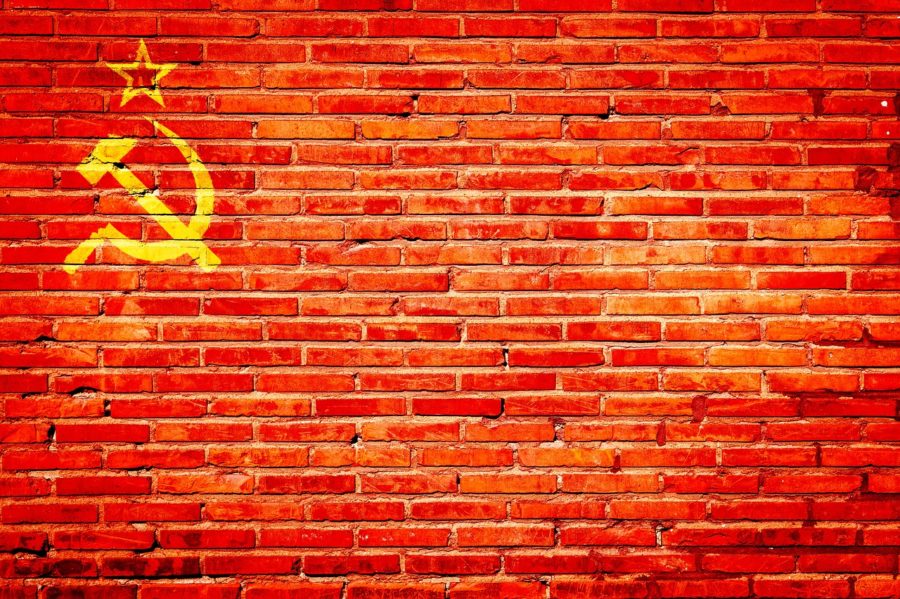History Corner: The Power Struggle Between Trotsky and Stalin
January 20, 2023
After launching one of the most notable revolutions of the 20th century, Vladimir Lenin, father of the Union of Soviet Socialist Republics (USSR), died on January 21, 1924. He had succumbed to the stress that came from the radical transformation of the Russian Empire into the world’s first communist regime as well as the complications from an unsuccessful assassination attempt several years earlier, which left him in poor health. After the death of Lenin, the USSR witnessed a power struggle, mainly between Leon Trotsky and Joseph Stalin, who were colleagues and successors of Lenin.
Trotsky and Stalin were on completely opposite ends of the communist political spectrum. Although they shared an admiration of communism, they also had completely different ideologies. Leon Trotsky was an orthodox Marxist. He was ethnically Jewish, born in Ukraine in 1879. He was from a wealthy family, an intellectual who knew multiple languages and wrote many weighty books. Stalin, on the other hand, was ethnically Georgian, born in 1878 to a religious Orthodox Christian family. Unlike Lenin or Trotsky, Stalin had other plans for the USSR. He had tremendous ambition and a ruthless approach to power.
Lenin believed that Trotsky would be more true to the ideals of the October Revolution than Stalin. Before his death, he recorded his thoughts in a series of papers that later came to be known as Lenin’s Testament. Stalin suppressed the papers so that he could hold onto power. He eventually forced Trotsky out of the Communist Party entirely.
Lenin had believed that Stalin wielded more power than he could handle and might be dangerous if he turned out to be his successor. However, Stalin skillfully maneuvered his way through Communist Party politics. The Politburo eventually expelled Trotsky from the Soviet Union in February 1929. After Trotsky’s exile, Stalin gained full control of the country. Absolute power fueled his narcissism and his desire to be viewed as some sort of deity in the eyes of the Soviet people. Meanwhile, Stalin’s enemies often found themselves arrested, tortured, sent to prison or the gulags, even assassinated.
Trotsky lived in Turkey for a while, but he was under constant police surveillance. He made requests to enter Belgium, France, Norway, Germany, and the United Kingdom, but all of these countries refused entry to the revolutionary communist. Trotsky lived the rest of his life in exile, constantly moving from nation to nation, until finally settling in Mexico in 1937 with permission from the Mexican government. Trotsky lived with the famous artist Frida Kahlo, and they were lovers from 1937-39. Trotsky’s Soviet notoriety and Frida’s socialist ideology contributed to their 24-hour police supervision.
Stalin eventually had Leon Trotsky assassinated. Jaime Ramón Mercader del Río, a Spanish communist and NKVD agent, killed Trotsky on August 21, 1940, in Mexico City. He served 19 years and 8 months in Mexican prisons for the murder.
